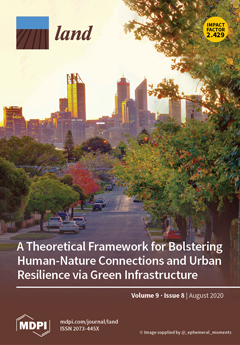Resource information
Conservationists recognize the value of protected area (PA) systems, with adequate coverage, ecological representation, connection, and management to deliver conservation benefits. Yet, governments primarily focus on coverage, disregarding quantification of the other criteria. While recent studies have assessed global representation and connectivity, they present limitations due to: (1) limited accuracy of the World Database of Protected Areas used, as governments may report areas that do not meet the IUCN or CBD PA definitions or omit subnational PAs, and (2) failure to include human impacts on the landscape in connectivity assessments. We constructed a validated PA database for Tropical Andean Countries (TAC; Bolivia, Colombia, Ecuador, Perú, and Venezuela) and used the existing Protected-Connected-Land (ProtConn) indicator—incorporating the Global Human Footprint as a spatial proxy for human pressure—to evaluate TAC ecoregions’ representation and connectivity. We found that just 27% of ecoregions in the TAC are both protected and connected on more than 17% of their lands. As we included human pressure, we conclude that previous global ProtConn studies overestimate PA connectivity. Subnational PAs are promising for strengthening the representation of PA systems. If nations seek to meet Aichi target 11, or an upcoming post-2020 30% target, further efforts are needed to implement and report subnational conservation areas and appropriately evaluate PA systems.


